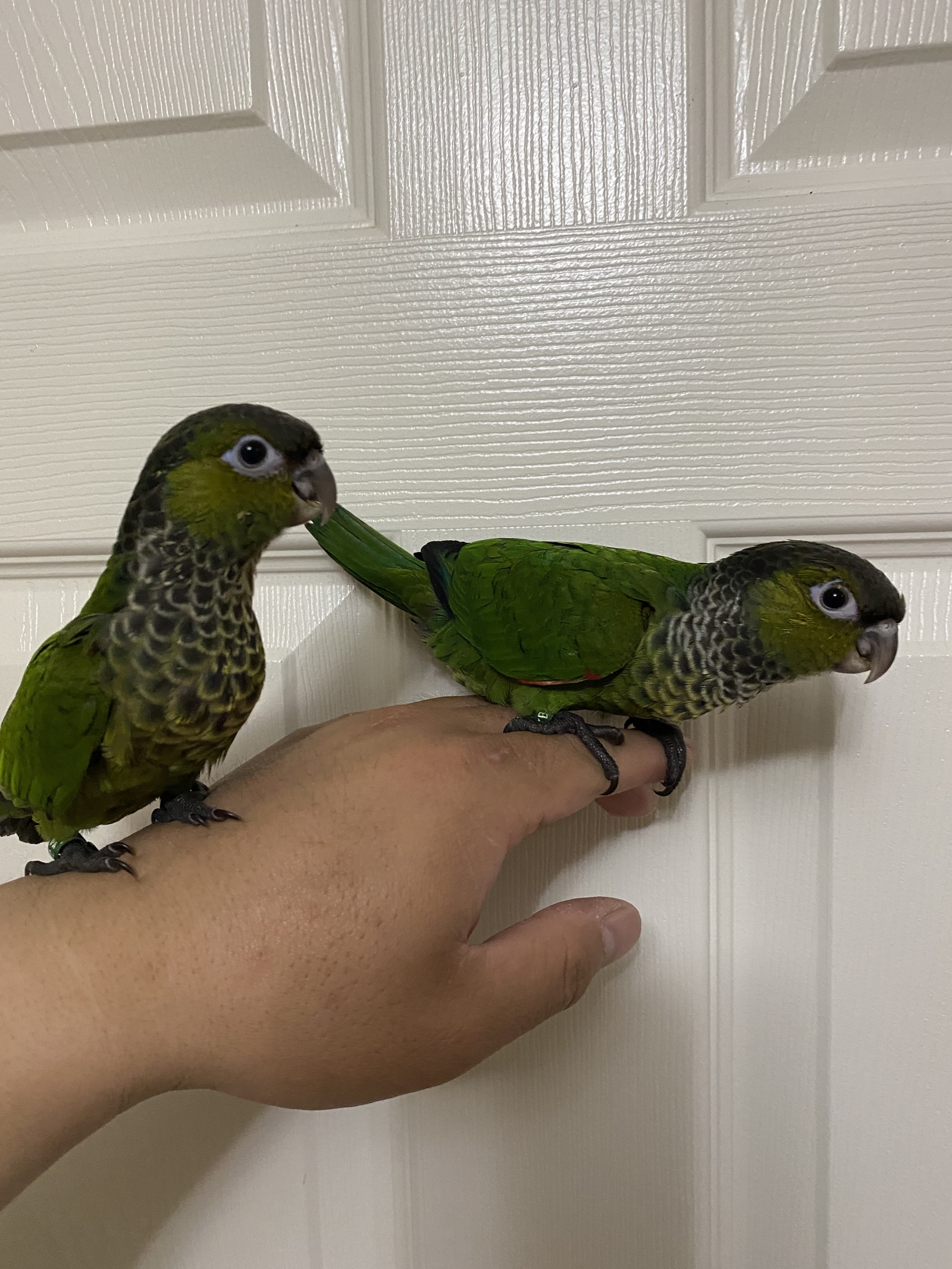How to Determine the Sex of your Parrot
When it comes to household dogs and cats, categorising your pet’s sex is as easy as genital identification.
But when it comes to your parrot, things are a little different. Unlike most household pets, parrots are monomorphic. In other words, they display no differing physical characteristics between the sexes.
Furthermore, neither male nor female parrots have external sex organs. Instead, both have a cloaca, an internal organ that houses their differing genitals.
It is for this reason that identifying the sex of your parrot can be so challenging. But all hope is not lost. Here are three easy ways to tell whether your bird is a boy or a girl!
Method 1: Check the Certificate of Origin
If you purchased your parrot from a reputable breeder or pet shop, you will likely have a Certificate of Origin or some other documentation that will contain the sex of your pet.
This is because most breeders and pet shops have DNA testing performed before they put their birds up for sale.
However, if you have lost your documentation or found your bird in some other setting, you will need to read on.
Method 2: Check for Eggs
The easiest method to check the sex of your parrot is to see whether not it lays eggs. When raised in captivity, female parrots can lay unfertilised eggs, regardless of the presence of a male.
However, parrots do not tend to lay eggs until they reach sexual maturity, which means you will need to wait until they are 3 years old to find out. Furthermore, not all females raised in captivity will lay eggs.
So, if your bird lays eggs, it is certainly a female. But just because your bird does not lay unfertilised eggs, doesn’t mean it is a boy.
Method 3: Have a DNA Test Performed
If your parrot lacks official documentation and the egg check was inconclusive, your next step should be to have a DNA test performed.
In recent years, parrot DNA testing has become far more widespread and relatively inexpensive. After your vet takes a blood sample, your parrot’s chromosomes will be analysed, and a full profile of your bird’s genetics will be established.
Alternatively, in years gone by professionally surgical testing was the go-to for many pet owners.
However, the procedure is today considered extremely intrusive, expensive, and potentially causing negative consequences for your pet. Since the boom in DNA testing, many consider it unnecessary. But it is still occasionally performed.
Conclusion
Parrots can be one of the hardest household pets to sex, but with these three handy methods, it should not be a nightmare to establish whether you are sharing a roof with a boy or a girl.
In sum, the most accurate way to have your bird’s gender established is genetic testing, which is affordable and readily available from your local vet.

